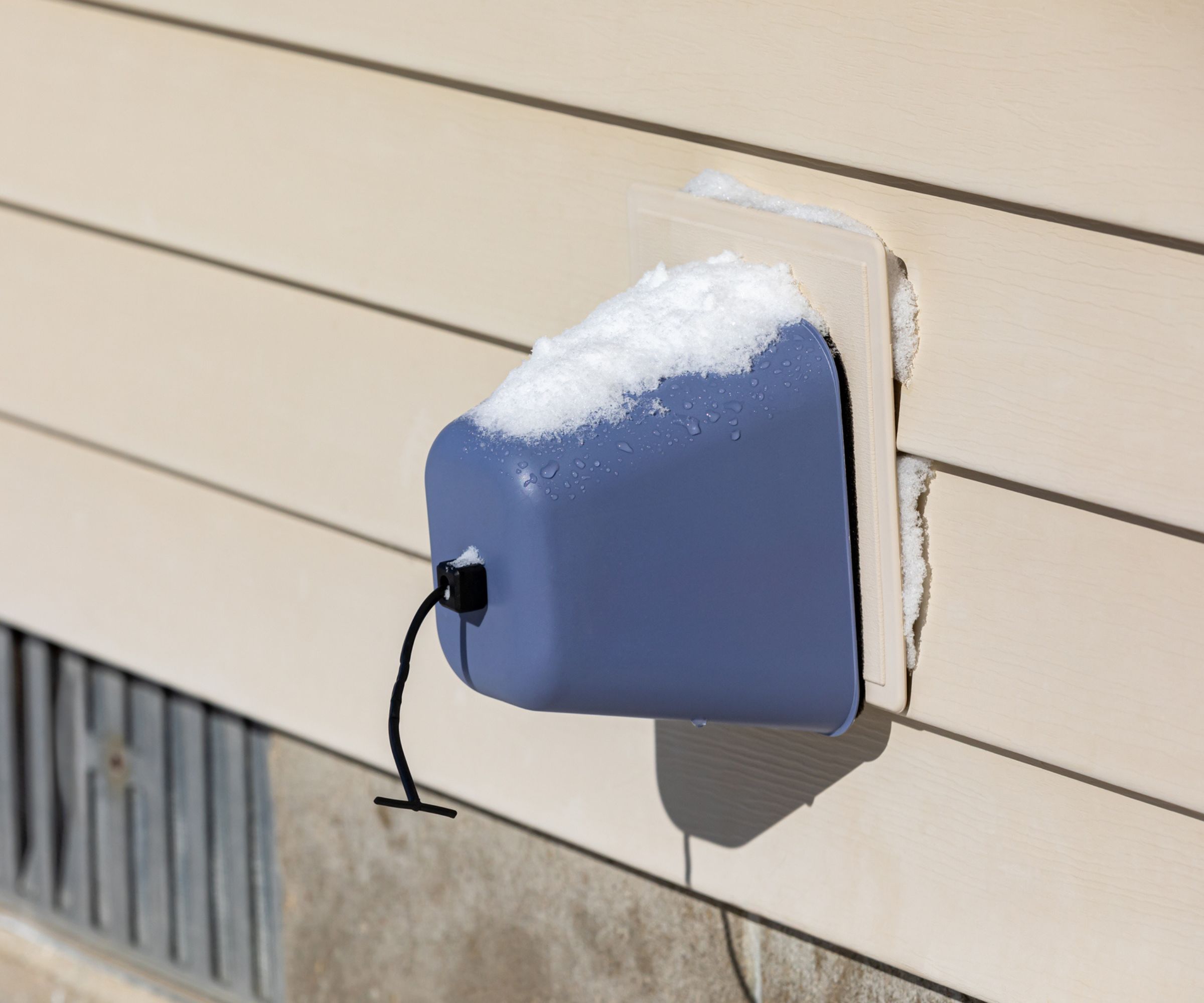
As we approach freezing temperatures in much of the country, many of us are getting ready to winterize our outdoor faucets. A frozen faucet can back up the water in your home and cause your pipes to leak or even burst, leading to thousands of dollars of water damage.
One of the most popular ways of winterizing faucets is to use a faucet cover, and there are two main options: foam and fabric. However, it's not entirely clear why you'd choose one option over the other.
This is all you need to know about these two methods of winterizing a faucet – which is best for which type of faucet, and whether it's worth it to use these covers in the first place.
1. Winterize at the mains

Firstly, bear in mind that these faucet covers are preventatives, not permanent fixes, and they only work for areas where deep frosts are unlikely. If you live somewhere that sees freezing temperatures below 20°F for weeks at a time, these aren't the most important ways to stop pipes from freezing.
If you live somewhere that sees a lot of snow and freezing temperatures, you need to turn your exterior water off at the shut-off valve and drain the water out of the faucet before freezing weather sets in. You can also install a freeze-proof faucet like this from Amazon so that you can still access outdoor water during colder weather. A faucet cover by itself won't cut it, and if you rely on these alone your pipes could freeze and burst.
But these covers are still worth buying. Head of Gardens at H&G, Rachel Bull, says 'If you live somewhere that might see random frosty nights, but no prolonged low temperatures, a faucet cover can prevent your pipes from freezing in a snap frost.'
2. Head to head
There are two types of faucet covers; hard foam and soft fabric. Foam faucet covers are made of thermal foam that insulates warm air around the faucet while reflecting cold air. Fabric faucet covers are made from tough outdoor fabric, stuffed with insulation to keep the faucet warm. Here's a head-to-head of the two types of cover:
Foam covers are the best option for a standard garden faucet coming out of an exterior wall. The foam sits flush to the wall, trapping air and keeping out freezing air, making it less likely for your pipes to freeze.
The foam is also firmer than a fabric cover. In the unlikely event that something falls onto your faucet, a foam cover is more likely to protect it.
Fabric covers are best for awkwardly shaped faucets. The fabric molds to the shape of the faucet, so they're the best option for freestanding spigots that don't sit flush with a wall.
However, fabric covers are less effective on faucets with short pipes, because there may be too much fabric between the end of the cover and the tie. Fabric covers are also less effective at protecting faucets from physical damage.
To summarize, use a foam cover if your faucet sits flush with a wall. If you have an oddly shaped faucet - in a historic home, for instance, or if you have a freestanding spigot - use a fabric cover.
3. DIY it
If you really want to, you can also make a DIY cover. All you would need is a trash bag, an old shirt, a towel, or rag, and some tape. Wrap the cloth around the faucet, cover it with the bag, then seal the whole thing at the neck of the faucet with some tape.
This will create a similar effect to a foam or fabric cover, but it's less likely to be effective and could mean that your pipes freeze in the winter. Moreover, it's much more effort. You can just buy an inexpensive faucet cover and achieve better results much faster.
FAQs
How do frost-proof faucets work?
Frost-proof faucets use several methods to prevent frost. The first is that the valve is inside the house, rather than outside, and the insulation and heating in the house keep the faucet from freezing. Frost-free faucets are using installed on a downwards angle, so that any water inside drips out, and also have a vacuum breaker, which stops water being sucked into the faucet from a hosepipe.
Should you leave faucets open after winterizing?
After switching off your exterior water valve, open the faucet outside. This prevents pressure building up in the pipes if there's any water still in the system.
Winterizing faucets and pipes is a crucial part of homeownership, and getting it wrong can be costly. There are lots of other exterior parts of your home to learn to winterize, too. Learning how to winterize your driveway, outdoor kitchen, and garage can save you a lot of hassle, preventing frost damage before it happens.







